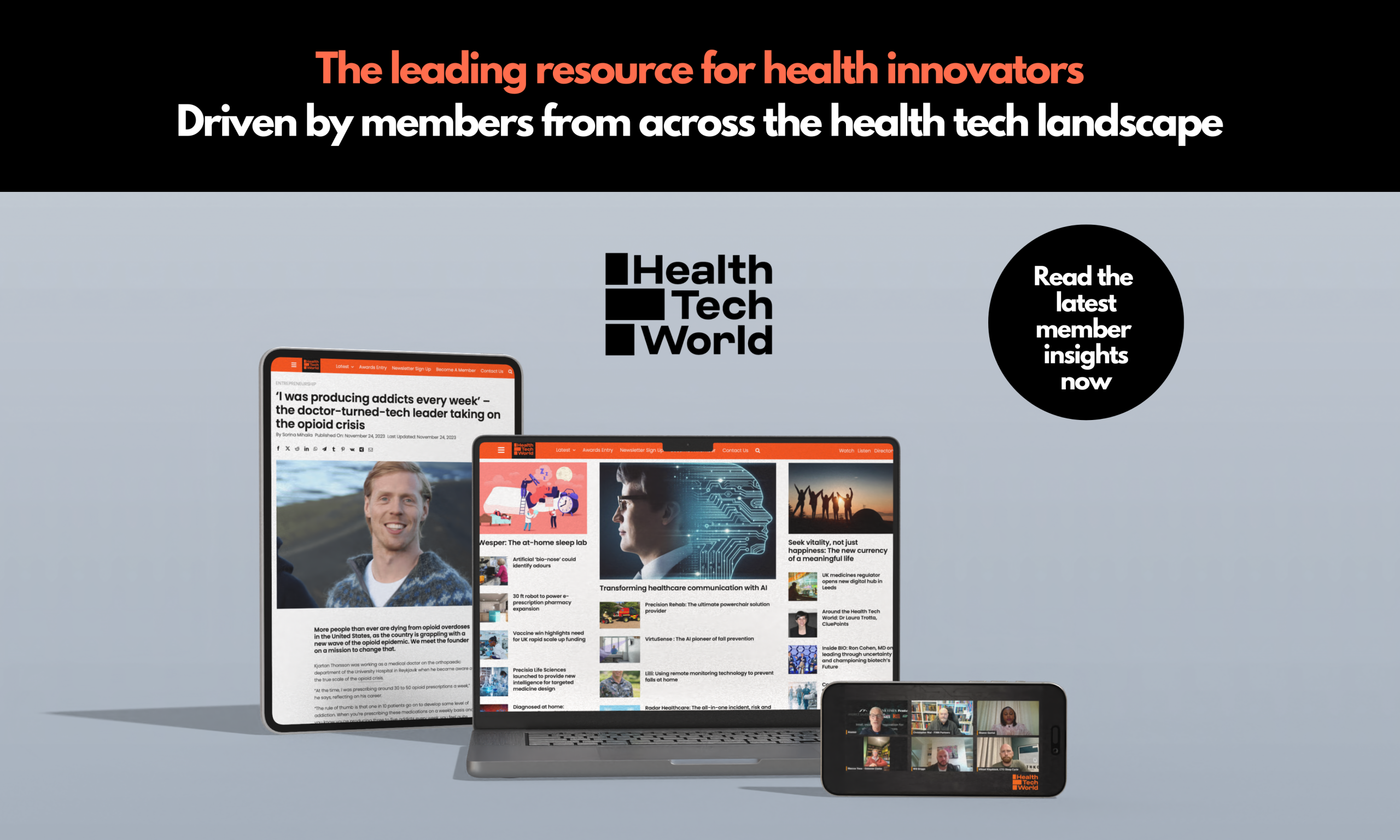
Doctors unveiled an AI tool that could cut failed organ transplant attempts by 60 per cent by predicting donor viability within the critical window.
The machine learning model forecasts whether donors will die within the timeframe that preserves liver quality, outperforming experienced surgeons’ judgement.
In liver transplants using donors who die after cardiac arrest — known as donation after circulatory death (DCD) — about half of procedures are cancelled when death follows life-support withdrawal by more than 45 minutes. If donors survive too long, surgeons must reject the liver because quality deteriorates, raising risks for recipients.
Researchers at Stanford University built the model using neurological, respiratory and circulatory data from more than 2,000 donors across multiple US transplant centres. In testing, it achieved a 60 per cent reduction in futile procurements — when surgery preparations begin but organs become unusable — compared with surgeons’ predictions.
“By identifying when an organ is likely to be useful before any preparations for surgery have started, this model could make the transplant process more efficient,” said Dr Kazunari Sasaki, clinical professor of abdominal transplantation and senior author on the study.
“It also has the potential to allow more candidates who need an organ transplant to receive one.”
The work addresses a longstanding problem: more people need organs than there are suitable donors. Expanding donation to DCD has widened access but introduced time-critical challenges.
Hospitals largely rely on surgeons’ judgement to estimate whether a donor will die within the viable window, leading to varied predictions and wasted resources when organs are later declined.
The AI tool maintained accuracy even when some donor information was missing. It was evaluated retrospectively on historical data and prospectively on new cases, and consistently outperformed human predictions.
Using pattern recognition across multiple physiological signals, the system tracks progression towards death in a way that human observers may miss, offering more reliable forecasts than traditional assessments.
Dr Sasaki’s team said the approach shows “the potential for advanced AI techniques to optimise organ utilisation from DCD donors”.
A consistent, data-driven tool could help teams decide which donors to pursue, potentially increasing successful transplants while reducing costs from cancelled procedures.
Researchers plan to adapt the model for heart and lung transplants to extend its impact across organ donation programmes. The findings have been published, highlighting a data-led route to improving organ supply.






